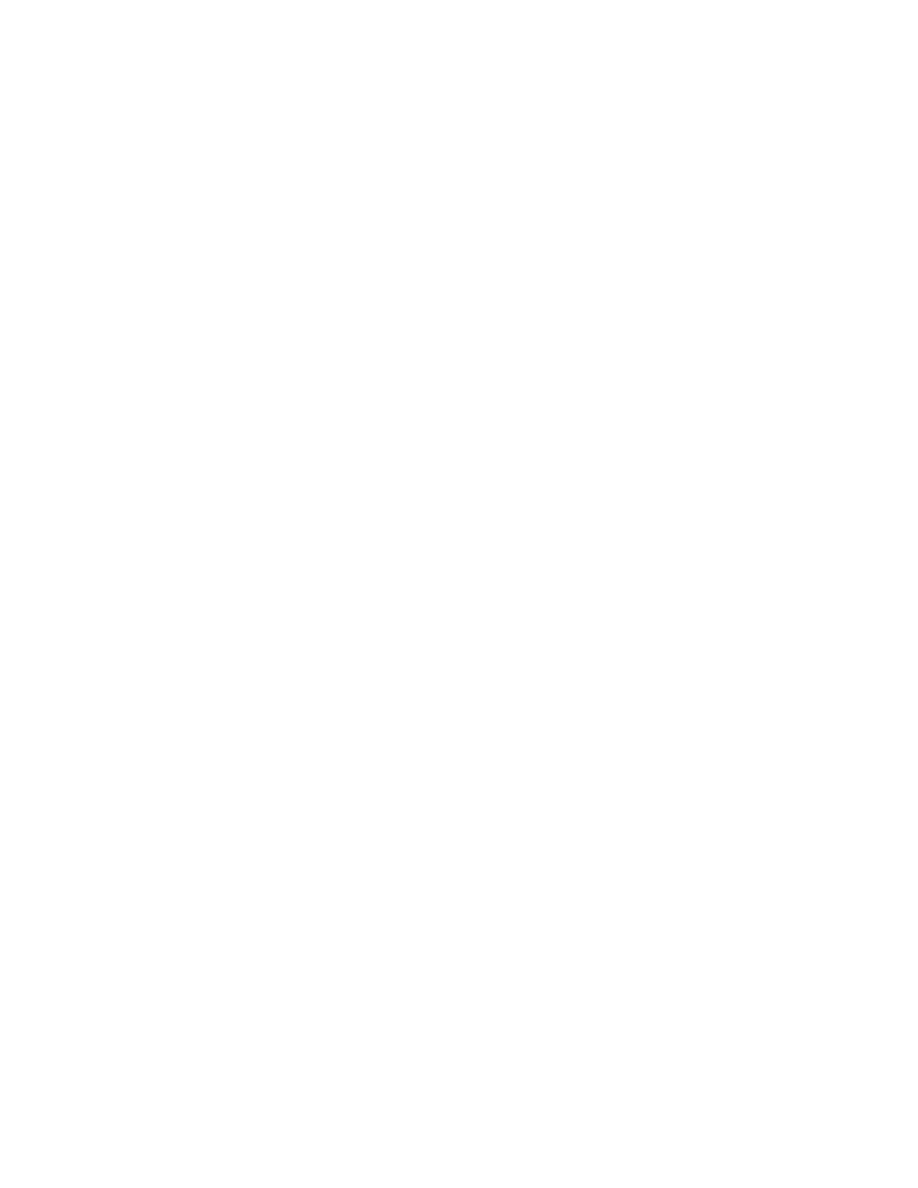 |
|||
|
|
|||
|
|
|||
| ||||||||||
|
|
 HOW THE UNITS OPERATE
With the engine running, the converter charging pump draws oil from the transmission sump through the removable oil
suction screen and directs it through the pressure regulating valve and oil filter.
The pressure regulating valve maintains pressure to the transmission control cover for actuating the direction and speed
clutches. This requires a small portion of the total volume of oil used in the system. The remaining volume of oil is
directed through the torque converter circuit to the oil cooler and returns to the transmission for positive lubrication. This
regulator valve consists of a hardened valve spool operating in a closely fitted bore. The valve spool is spring loaded to
hold the valve in a closed position. When a specific pressure is achieved, the valve spool works against the spring until
a port is exposed along the side of the bore. This sequence of events provides the proper system pressure.
After entering the converter housing the oil is directed through the stator support to the converter blade cavity and exits
in the passage between the turbine shaft and converter support. The oil then flows out of the converter to the oil cooler.
After leaving the cooler, the oil is directed to a fitting on the transmission. Then through a series of tubes and passages
lubricates the transmission bearings and clutches. The oil then gravity drains to the transmission sump.
The hydraulic torque converter consists basically of three elements and their related parts to multiply engine torque. The
engine power is transmitted from the engine flywheel to the impeller element through the impeller cover. This element is
the pump portion of the hydraulic torque converter and is the primary component which starts the oil flowing to the other
components which results in torque multiplication. This element can be compared to a centrifugal pump in that it picks
up fluid at its center and discharges at its outer diameter.
The torque converter turbine is mounted opposite the impeller and is connected to the output shaft of the torque
converter. This element receives fluid at its outer diameter and discharges at its center. Fluid directed by the impeller
out into the particular design of blading in the turbine and reaction member is the means by which the hydraulic torque
converter multiplies torque.
The reaction member of the torque converter is located between and at the center or inner diameters of the impeller and
turbine elements. Its function is to take the fluid which is exhausting from the inner portion of the turbine and change its
direction to allow correct entry for recirculation into the impeller element.
The torque converter will multiply engine torque to its designed maximum multiplication ratio when the out- put shaft is at
zero RPM. Therefore, we can say that as the output shaft is decreasing in speed the torque multiplication is increasing.
The shift control valve assembly consists of a valve body with selector valve spools. A detent ball and spring in the
selector spool provides one position for each speed range. A detent ball and spring in the direction spool provides three
positions, one each for forward, neutral and reverse.
With the engine running and the directional control lever in neutral position, oil pressure from the regulating valve is
blocked at the control valve, and the transmission is in neutral. Movement of the forward and reverse spool will direct oil,
under pressure to either the forward or reverse direction clutch as desired.
|
|
Privacy Statement - Press Release - Copyright Information. - Contact Us |